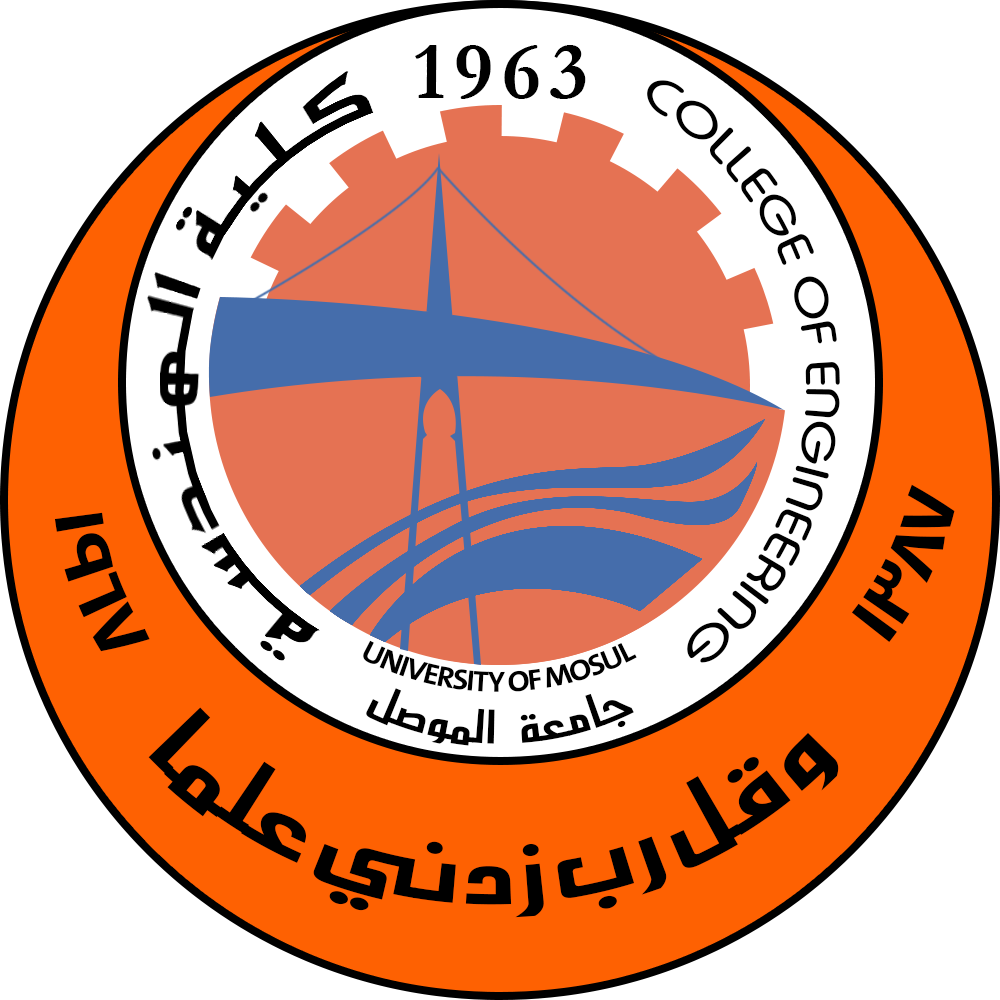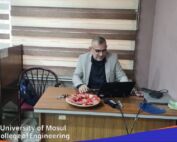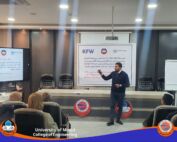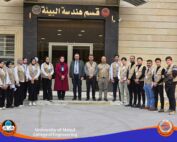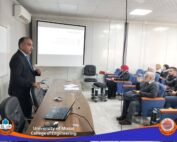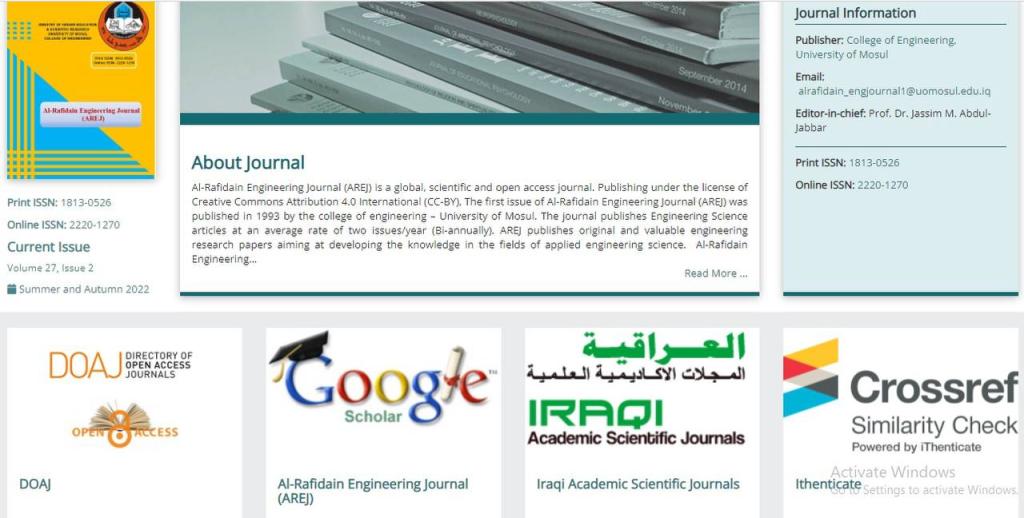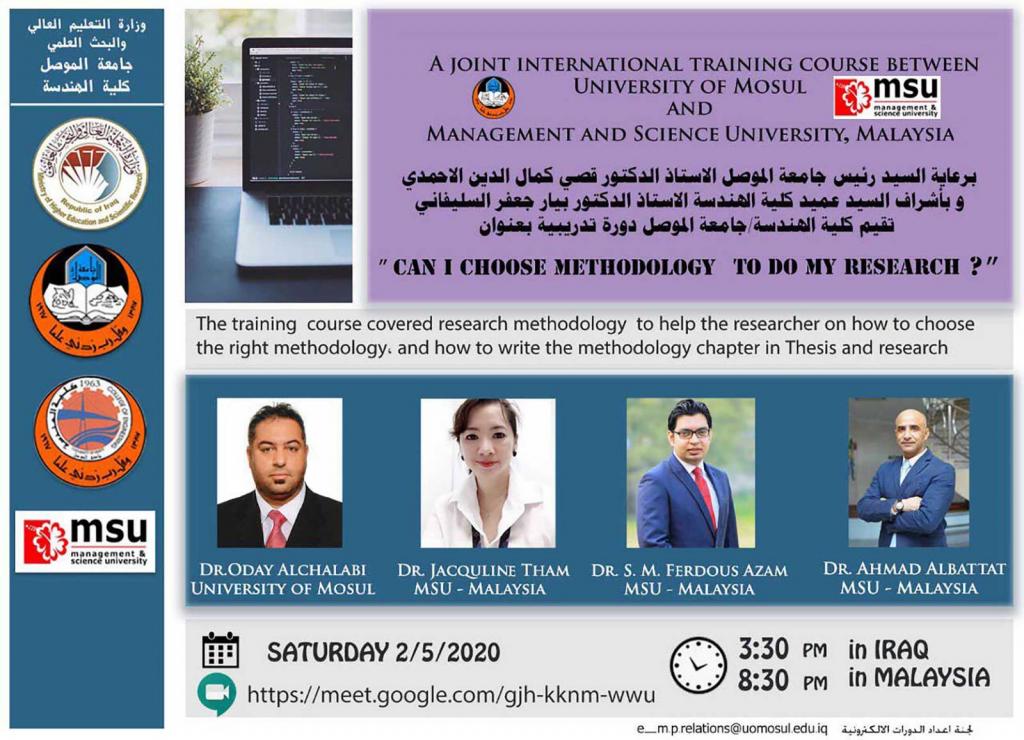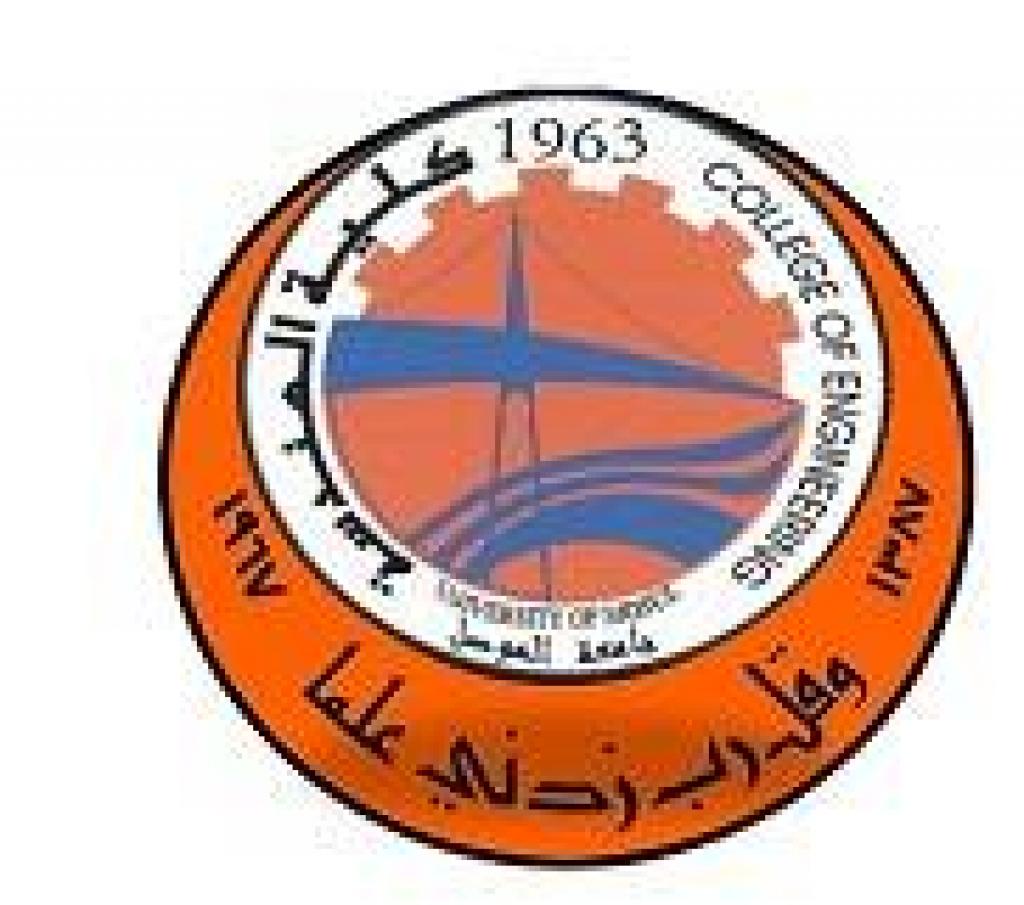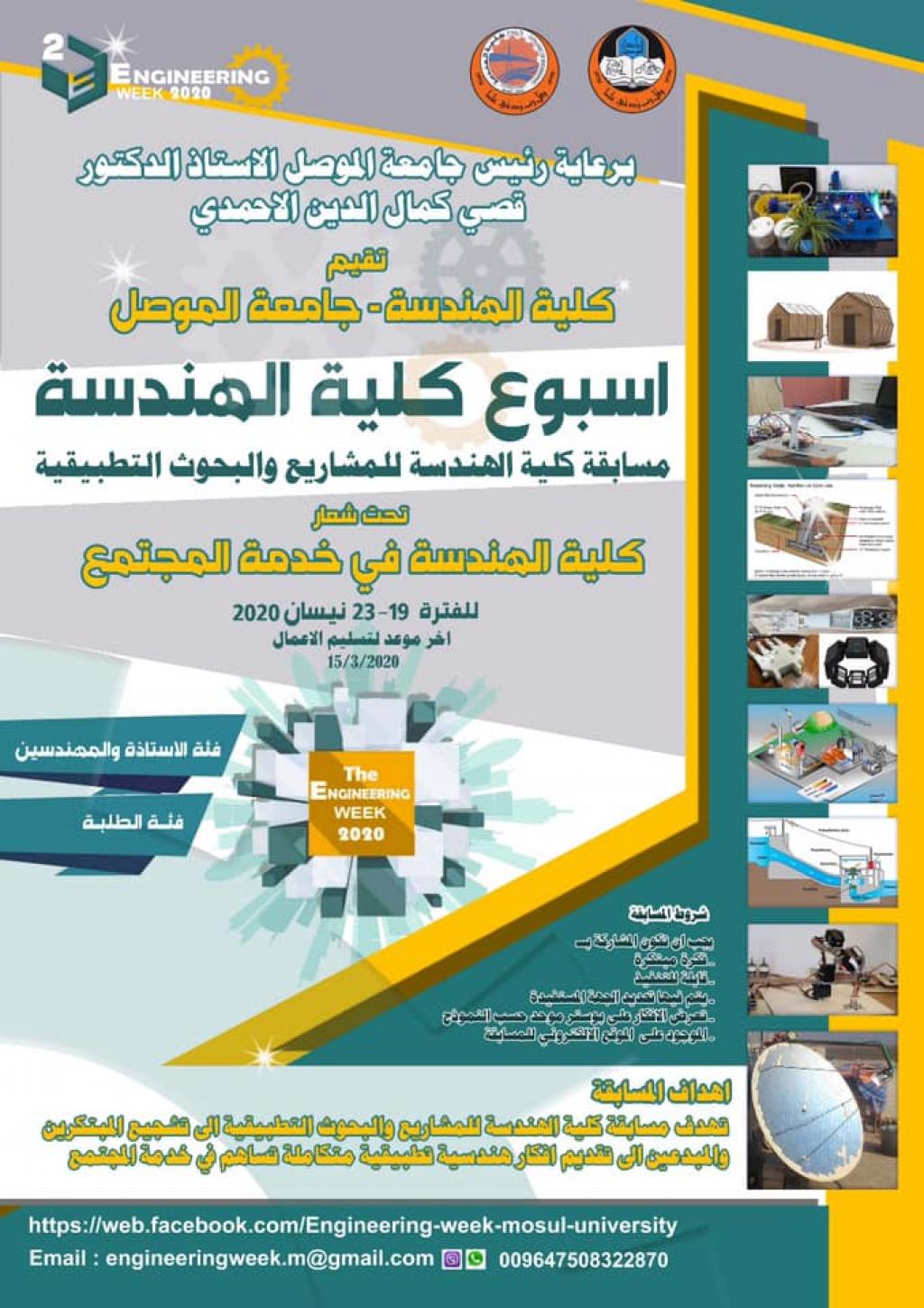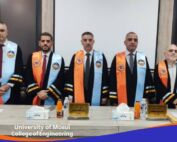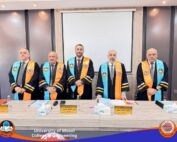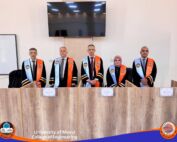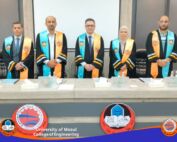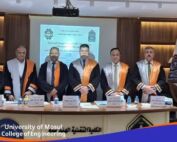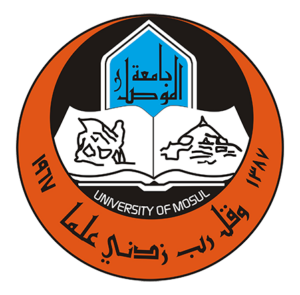1 November، 2022
Master Thesis on “Cybersecurity Improvement for Internet of Things Networks”
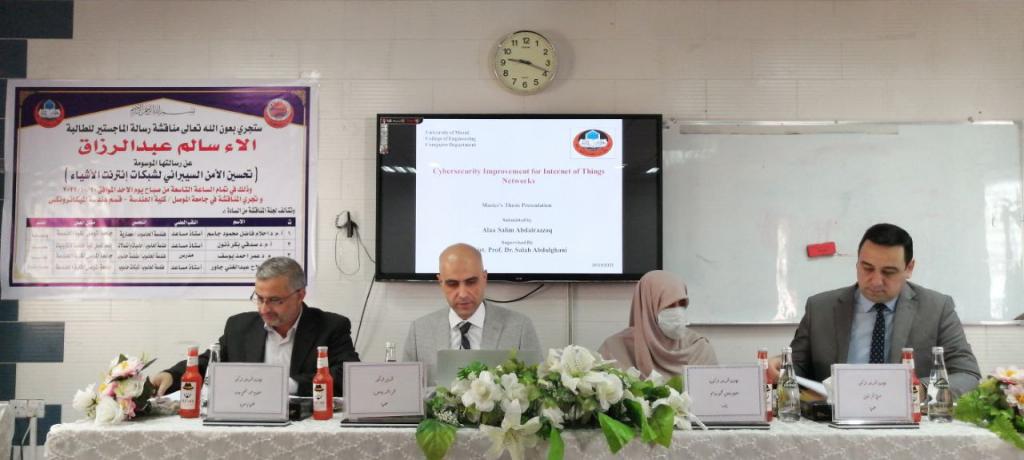
A Master thesis was discussed in Department of Computer Engineering / College of Engineering at University of Mosul entitled “Cybersecurity Improvement for Internet of Things Networks” submitted by (Alaa Salim Abdalrazzaq) on Sunday, Oct. 30, 2022.One of the most important communication technologies of our day is the Internet of Things (IoT). It is a system that seamlessly combines many heterogeneous devices and technologies without human involvement. Smart home systems were created using the IoT to improve human comfort and productivity. The IoT system faced issues with device power consumption, battery life, memory space, and cost of performance as a result of this advancement and expansion of IoT devices. Cyberattacks and security dangers are on the rise. Cybersecurity has emerged as one of the most crucial facets of the IoT system. Cybersecurity aims to lower the threats it poses to computer systems by safeguarding sensitive data and ensuring privacy during transmission. Due to their critical role in ensuring communications security, encryption algorithms are one of the most crucial ways to guarantee the confidentiality of data while it is being transmitted.Advanced Encryption Standard (AES) is one of the most popular encryption algorithms. This algorithm starts with 128 bits of data, and each encryption step has 10 rounds, which increases the encryption duration. In this dissertation, The Tiny Advanced Encryption Standard (TAES) algorithm has been proposed with several possibilities to improve the AES algorithm’s encryption speed and flexibility when used for small data, where the entry starts at 4 bytes and goes up to an unlimited number of bytes. It is also proposed to achieve a high level of encryption and reduce the complexity of the algorithm while maintaining a level of security that is higher than or equal to the level of security found in the original AES algorithm.Using the MATLAB program, the performance of the proposed algorithm was compared to that of the original AES algorithm on texts, images, and sounds. The results showed that the proposed algorithm reduced the time required for encryption and decryption. It is interesting to note that the proposed algorithm was able to encrypt data from 4 bytes to a significant amount of bytes for text and images, throughput and speedup in encrypting and decrypting, signal-to-noise ratio (SNR), peak signal-to-noise ratio (pSNR), and mean square error (MSE) values were calculated. The results showed the proposed algorithm’s advantage for each of these measurements.
